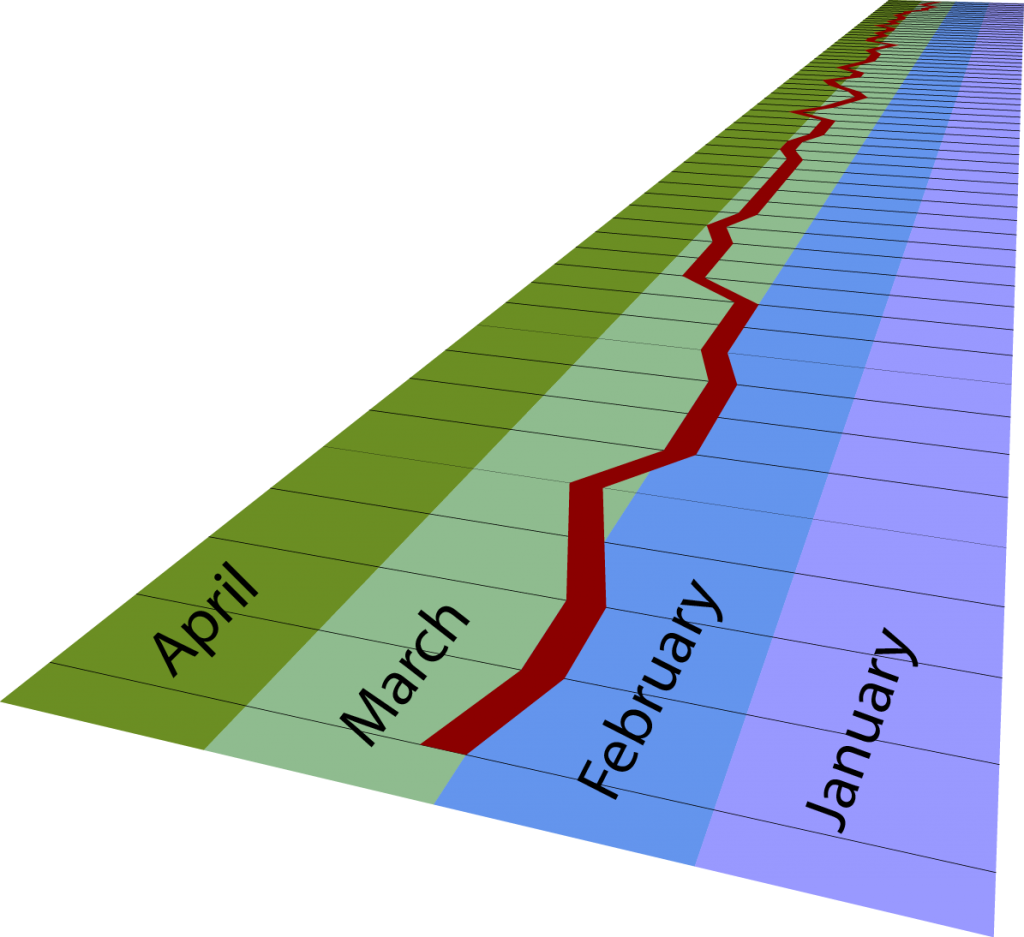By Aaron Foote ’24
This post describes the project I did last summer as part of the QAC Summer Apprenticeship. The project was done in support of the work of the Wesleyan Media Project and the DeltaLab. I developed a method for efficiently extracting text from videos and, in the process, got some insights on how sharp human faces are when examined by computer vision algorithms.


